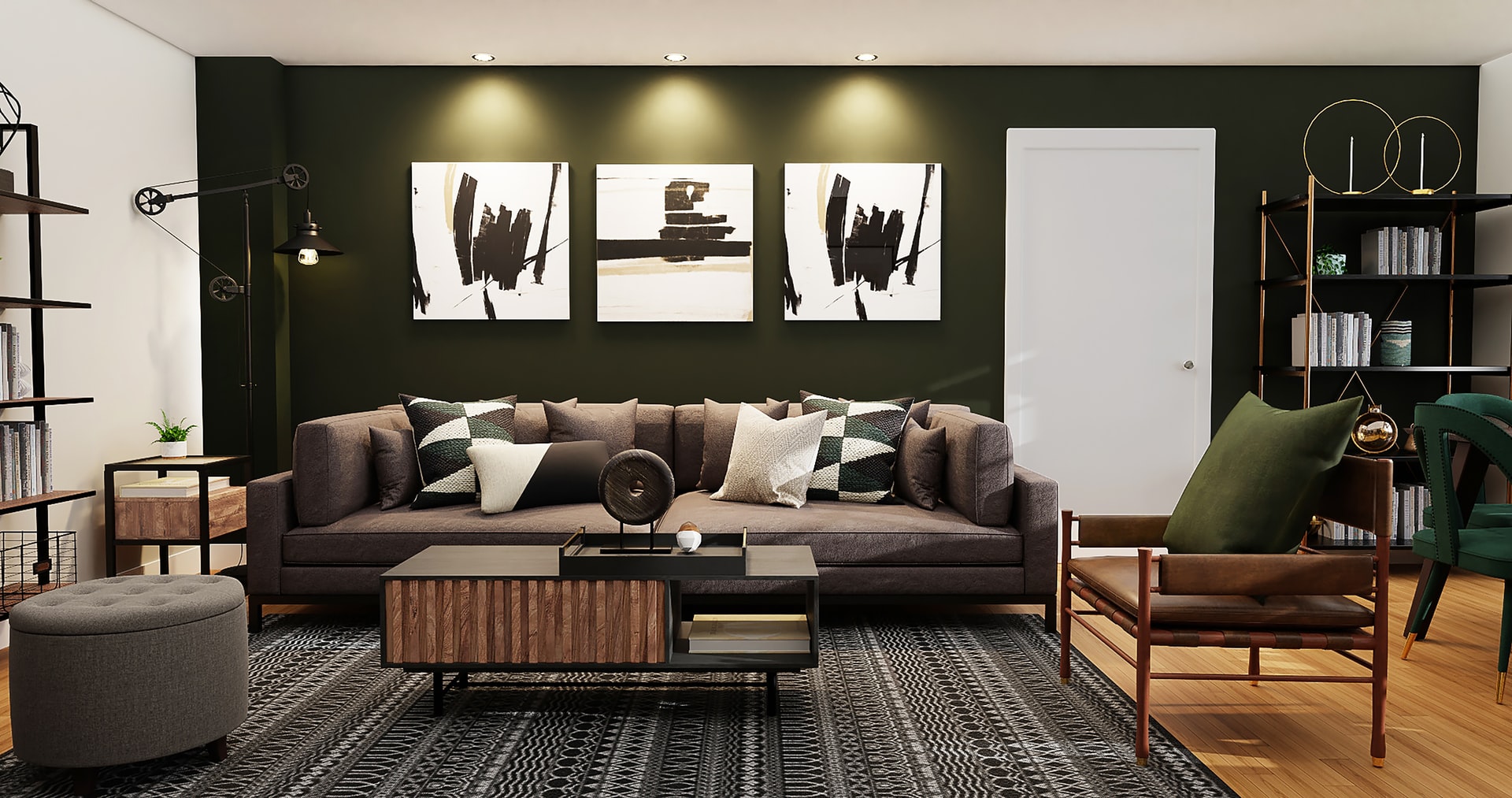
Successful arrangement of an apartment or a room requires precise determination of one’s needs, matching spatial possibilities and selection of appropriate colors.
Interior design has a long history – people have practically always attached great importance to the appearance of the surrounding space. A well-decorated interior is not only stylish, but above all comfortable and functional. This applies not only to our apartments and houses, but also offices and various types of commercial premises. Regardless of what kind of space you are designing, it is worth remembering some simple rules and tips from professionals.
1. Take inspiration from nature. Use shapes and shade combinations found in nature. Wood textures and floral patterns are always on trend and help liven up any interior.
2. Bet on works of art. Designers say that an interior should be individual. Works of art will help achieve the desired effect. Paintings with philosophical overtones or black and white photos in passe-partout will give unique character to any interior.
3. Add more light. Many people think that if you paint a room white, it will become brighter. This is not true. No room can do without adequate and thoughtful lighting. To maximize the amount of light in a room, designers recommend using mirrors.
4. Remember about wallpaper. You can refresh the interior without drastic changes and big repairs. Designers suggest using wallpaper. Of course, you don’t have to wallpaper all the walls, just one or even a small part that will be an interesting accent.
5. Do not forget about functionality. According to designers, the main purpose of interior design elements is to create a functional space. Therefore, let the table be sliding, and the sofa with an extra sleeping place. This way you will be able to organize a party with friends even in a small apartment and accommodate guests for the night.
6. Don’t use too many colors. To design an aesthetic and harmonious space, two or three colors are enough. In addition, small accents of color (these can be, for example, vases, decorative pillows) and play with textures will help make the interior more interesting.
7. Do not give up on black. Contrary to popular belief, black color can and sometimes even must be used. According to designers, small black elements, be it curtain rods or photo frames, will add contrast and volume to the space.
8. Enlist the help of mirrors. Designers invariably encourage the use of mirrors in interiors. They help fill the space with light and make it visually larger. Rooms with mirrors are also more vibrant and dynamic.
9. Forget about the word “trendy.” First of all, fashion is fickle. Today on top is one thing, and in a season or two something completely different, and yet you will not change the decor every year. Secondly, the interior should appeal to you and other people in your home. If you like a style which is not currently fashionable, it does not matter.
10. Remember that expensive interior is not always good. Very often when planning a space, we bet on expensive furniture and accessories. Meanwhile, ideal solutions do not have to cost much at all. It is worth looking for cheaper alternatives, which may make the interior unique. If you want to change something, first try rearranging the furniture, hang different curtains, add color accents in the form of bedspreads and cushions.
Everyone wants his home to be unique, different from others. Therefore, many people try to create the most amazing room designs, but do not get carried away by emotions. Every style has its basic rules and if you break them, you can make your interiors look chaotic, messy and unsightly. The most common mistakes:
Finally, a few words about the choice of color palette. As already mentioned, it’s worth to limit yourself to choosing 2 or 3 colors and complement them with a clear accent in the details. Combinations of colors in the interior can be both toned down and maximally contrasted. The color scheme should be chosen based on:
A color wheel and standard color combinations (e.g., monochromatic palette, analogous, triad, etc.), as well as defining 3 basic parameters: hue, saturation, and brightness will be helpful in the selection. You can read more about this topic here
Main photo: Spacejoy/unsplash.com